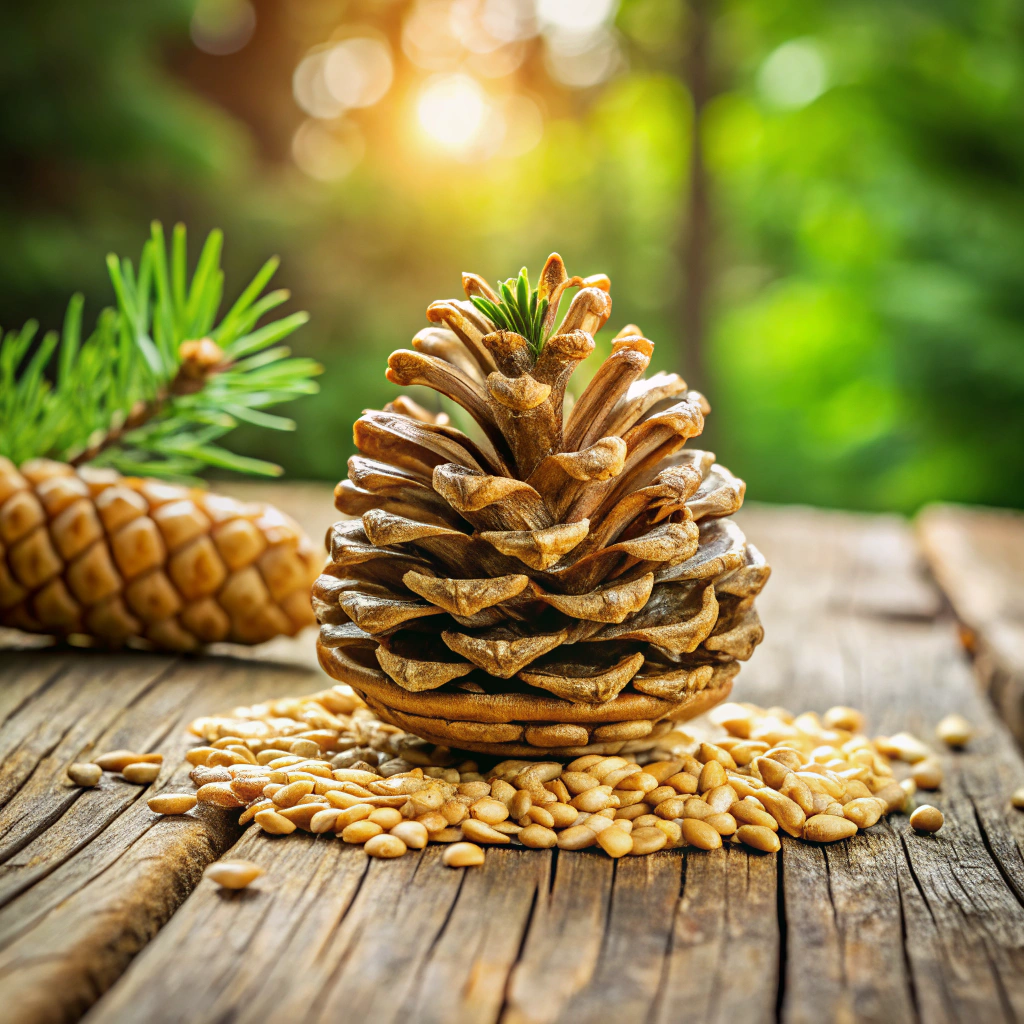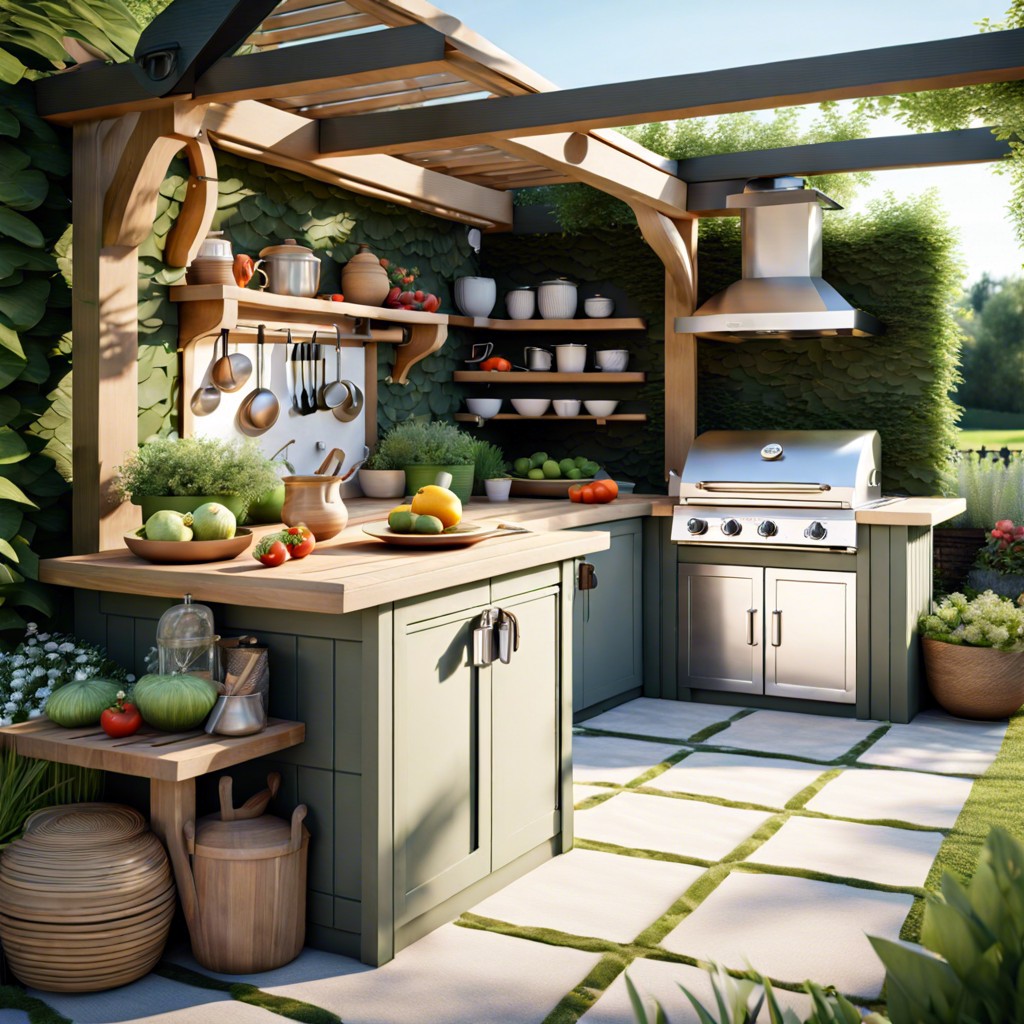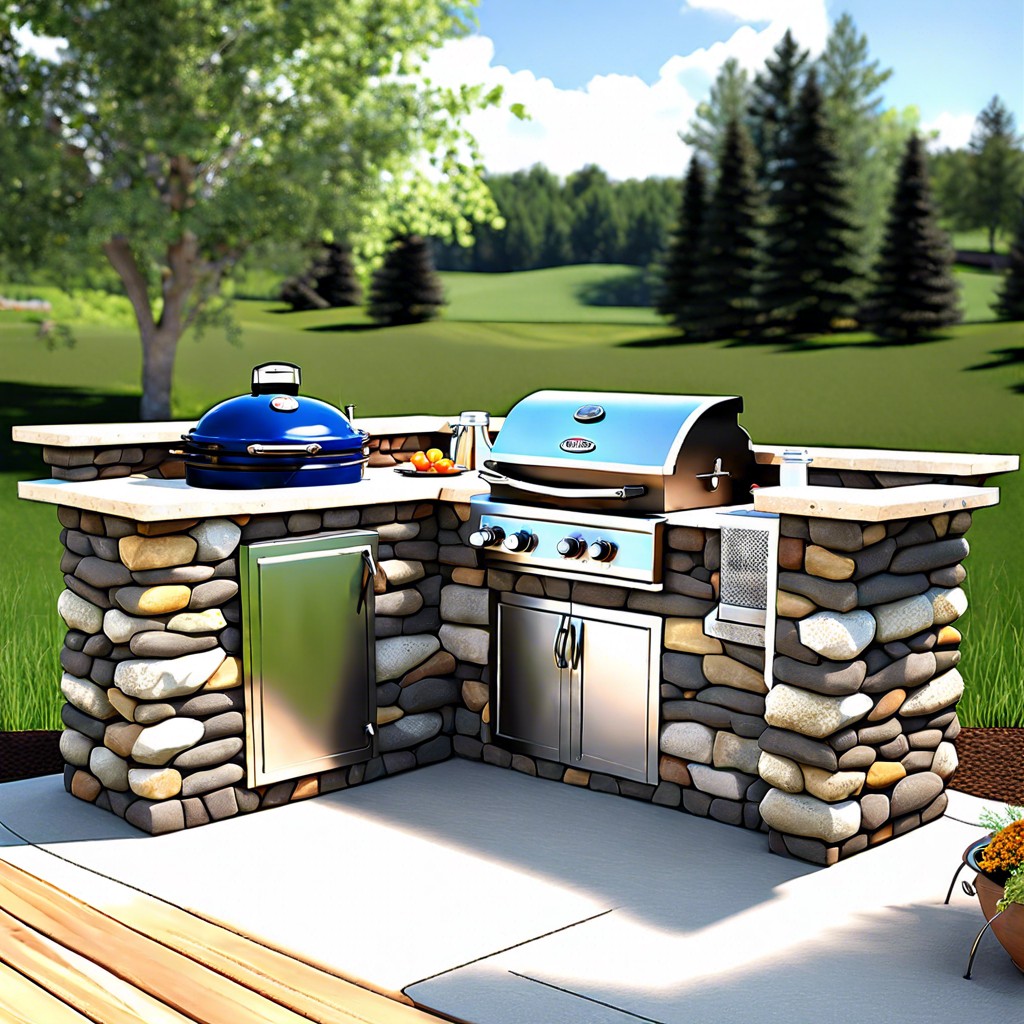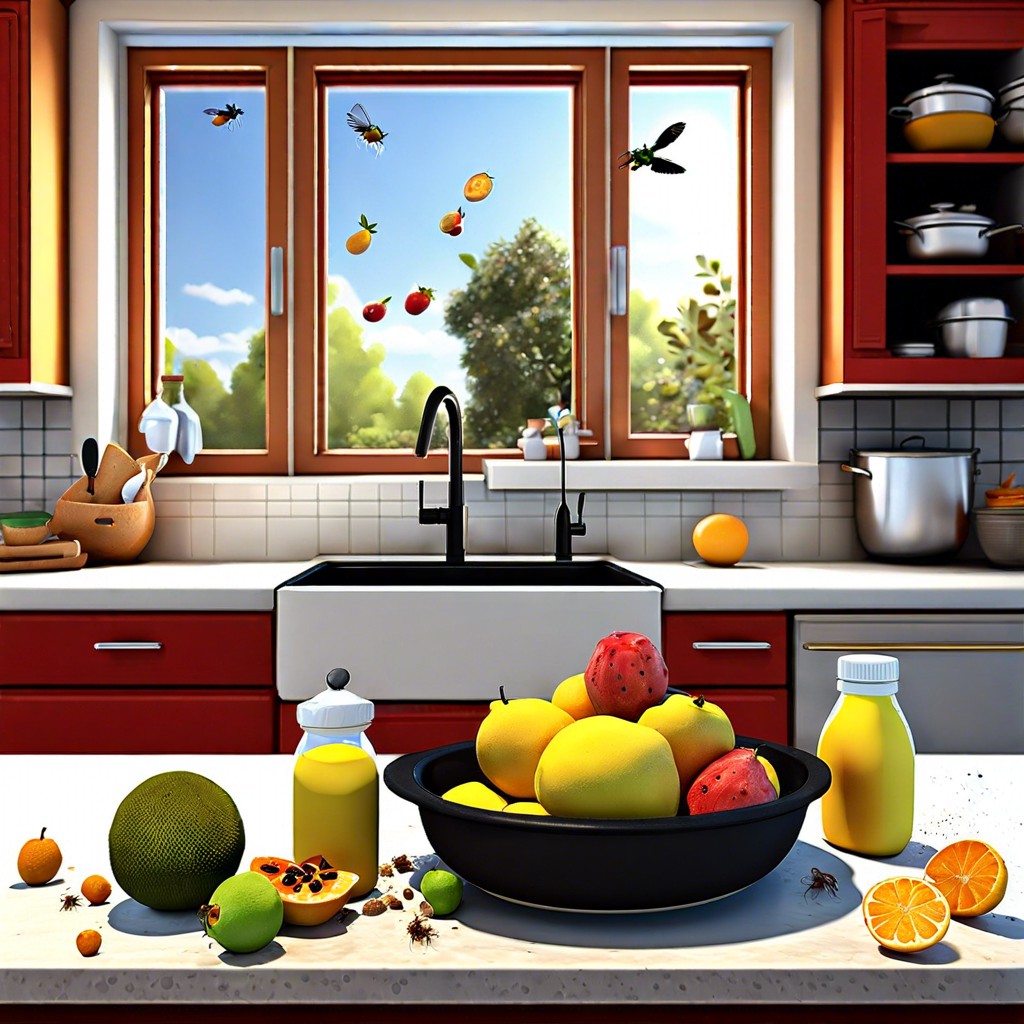Last updated on
A mud kitchen is an outdoor play setup where children can engage their imaginations by “cooking” with natural elements like dirt and water.
Key takeaways:
- Mud kitchens are outdoor play areas where children can cook with dirt and water.
- Mud kitchens encourage imaginative play and sensory exploration.
- Children benefit from mud kitchens by developing motor skills and early math and science concepts.
- There are different types of mud kitchens available for purchase, catering to different needs and preferences.
- Making your own mud kitchen is easy and allows for personalization. Safety precautions should be taken when using mud kitchens.
What's Inside
What Is a Mud Kitchen?
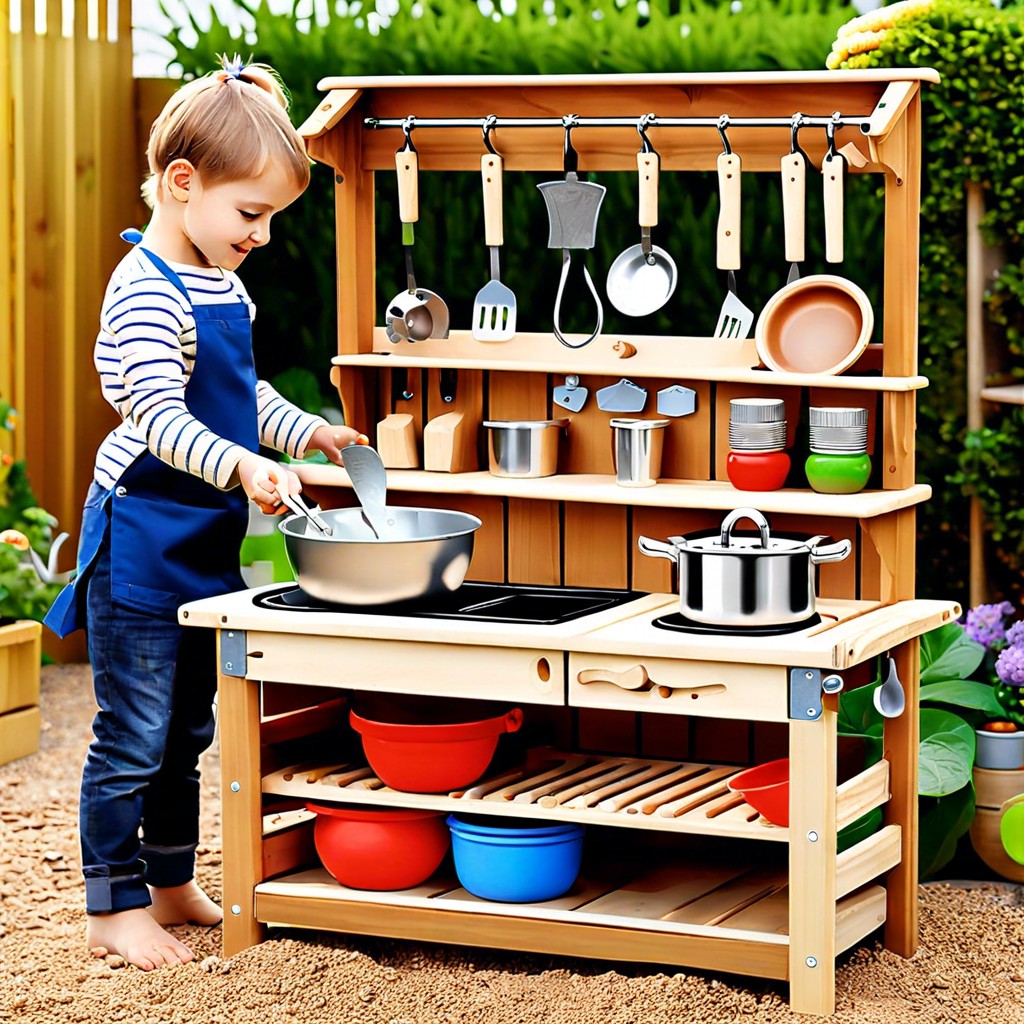
Picture a miniature culinary station nestled in the backyard, where the main ingredients are dirt and imagination. A mud kitchen is essentially a play kitchen that encourages outdoor play, inviting kids to mix soil, water, and other natural materials to create “mud pies” and other concoctions. This kind of play area is crafted to endure the elements, fitting perfectly into the garden or any outdoor space friendly to a bit of mess.
Think of the mud kitchen as a canvas for creativity. It usually features shelves, sinks, utensils, and bowls—much like a real kitchen—allowing children to pretend they’re world-class chefs at a five-star restaurant. Engaging with nature becomes second nature as kids scoop, pour, and stir their way through exploratory play. By doing this, they’re not just having a blast getting messy; they’re also honing motor skills, learning about textures and consistencies, and developing an appreciation for the environment.
With a mud kitchen, there are no electronic screens or high-tech gadgets. It’s back to basics with the added bonus of sensory stimulation and uninhibited play. In essence, it’s a culinary adventure crafted by young hands, where the only limit is how far their imaginations can travel.
How Can Children Benefit From a Mud Kitchen?
Diving into a mud kitchen offers children far more than a good old splash in the dirt. Think of this playful setup as a launchpad for their imagination: every pie, soup, and mud cake is a child’s ticket to a vivid world of make-believe.
As tiny hands mix soil and water, they’re not just making a mess—they’re building fine motor skills with every stir and pat. Scooping, pouring, and measuring out ingredients helps them grasp early mathematics and science concepts in a tangible way.
This outdoor wonderland doesn’t just foster creativity; it encourages kids to explore their senses. The cool touch of mud, the scent of freshly dug earth, the sight of leaves and petals swirled into the mix—these sensory experiences are pivotal in their cognitive development.
And let’s not forget the social spice it adds to the mix. Children can engage in teamwork, learn to share resources, and negotiate roles within their culinary creations, laying the bricks for social skills that are crucial as they grow.
Unstructured play in a mud kitchen sets the stage for growth across several developmental areas, proving that a little dirt on the hands does indeed wash off, but the lessons learned will certainly stick.
Review of Top Mud Kitchens for Kids
Diving straight in, let’s dissect some standout options that are sure to ignite any child’s creative spark. The ‘Little Chef Wooden Wonder’ is a sturdy contender with its natural wood aesthetics and ample shelving. Perfect for aspiring chefs, this model can withstand the rigours of outdoor play while blending seamlessly with garden decor.
Next, we have the ‘Splash and Play Mud Station’. This vibrant setup boasts a working sink–a real hit for kids who love a bit of water play with their mud pies. It includes pots, pans, and utensils, making it a complete culinary playground.
For the space-conscious, the ‘Tiny Tikes Mud Table’ is a game-changer. It offers the magic of mud kitchens but in a compact, table-top design. It’s ideal for balconies or small patios, ensuring that no child misses out on the muddy fun due to space limitations.
Lastly, the ‘Eco Explorer’s Mud and Sand Factory’ ticks all boxes for eco-friendly parents. Made from recycled plastics, it features two separate sections for sand and mud play. Its construction encourages environmental stewardship and provides a durable, easy-to-clean surface.
Each option serves as a launchpad for imagination, fostering skills from sensory play to teamwork. It’s not just about picking the right mud kitchen; it’s about choosing the gateway to endless hours of joy and learning for your little one.
How to Make Your Own Mud Kitchen
Roll up your sleeves; it’s time to get creative! Constructing a mud kitchen is simpler than you might think. Start by scouting your backyard or outdoor space for a nook that could house this playtime paradise.
Firstly, source a sturdy base like an old table or a pallet. This will be your main countertop where all the muddy magic happens. If you’re using wood, give it a good sanding to dodge any splinters. Next, collect pots, pans, utensils, and containers from a thrift store or your kitchen’s back drawer.
Now, let’s add a sink. An old basin or mixing bowl turns into a perfect pretend-sink, fostering that real-kitchen feel. Cut a hole in your countertop to fit the basin. Don’t forget, drainage isn’t necessary – we’re playing with mud, not installing plumbing!
Imagination needs no bounds, so let’s build shelves or hooks. Here, kids can hang tools or store their muddy ‘ingredients’. Repurposing spice racks or small crates works wonders for this purpose.
Personal touches bring a mud kitchen to life. Encourage the kids to paint the kitchen or draw signs for a dash of character. They could even plant herbs close by to integrate a bit of nature’s real larder into their concoctions.
Remember, perfection is not the goal; it’s all about spontaneity and fun. What you might see as mismatched and rickety, little ones will see as a castle for culinary mud-pie mastery.
Staying Safe When Using Mud Kitchens
Safety first—this golden rule isn’t just for crossing the street, it’s crucial for mud kitchens too. Picture this: The great outdoors, kids with their sleeves rolled up delving into muddy wonders—sounds like a blast, right? Well, it sure can be, but keeping the fun times rolling involves a watchful eye.
First off, make sure the play area is free from hazards. Scour the place for sharp objects or toxic plants that could put a damper on playtime fun. Think of it like pirate-proofing your backyard before the kids’ treasure hunt begins.
Hygiene is a big deal, even though we’re talking about mud. Cue in non-toxic, natural materials for your kitchen setup. After all, the last thing we want is for our little chefs to mistake “yucky” for “yummy.” Ensure the “ingredients” they use aren’t just yesterday’s leftovers from the compost bin.
Sturdy construction is a pillar of safety in this culinary adventure. We don’t want any wobbly bits causing a kerfuffle amidst the stirring and mixing. Ensure everything is bolted down and can withstand the enthusiasm of a toddler on a sugar rush.
Adult supervision is the guardian angel of mud kitchens. Kids are inventive, but sometimes that means turning a whisk into a wand with the wave they didn’t plan. Stay in view to swoop in when spells (or less magical moments) go awry.
Lastly, weather check! Mud is all fun and games until a surprise rainstorm turns the outdoor kitchen into an uncontrollable slippery slope. Keep an eye on the forecast to avoid any weather-related mishaps.
Stick to these pointers, and your miniature mudders will be stirring up a storm of creativity safely in their slice of backyard paradise.
